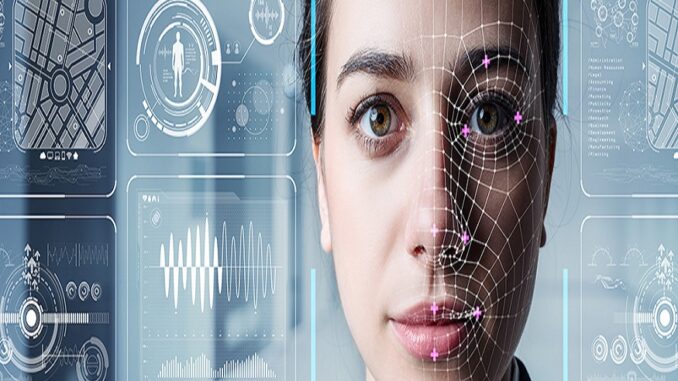
While cashless and non-contact payments are already widely used globally, the onset of the COVID19 pandemic led to more people opting to use these alternatives. For businesses, this meant they had to partner with high-risk merchant account processors in order to meet the needs of customers. The global pandemic increased the emergence of enhanced alternatives like facial recognition payment technology in Japan.
Japanese Facial Recognition Tech Companies
Four Japanese companies–electronic giant Panasonic, Resona Holdings, Inc., Dai Nippon Printing Co., and credit card company JCB Co.–are working together to come up with a payment platform using facial recognition.
The technology will allow customers to make banking transactions like deposits, withdrawals, and funds transfers as well as in-store purchases without presenting anything (but only if facial recognition has been registered in advance).
Each company has its own expertise; the project is expected to be ready this year, 2022. Panasonic handles the facial recognition technology while Dai Nippon Printing is the one handling the identity verification while JCB is engaged in settlement services. Resona Holdings being a banking group will introduce the use of the facial recognition payment system to banks and other companies.
Resona has already tested the technology during the last quarter of 2021 at some Resona bank branches to see if the system will work to make deposits, withdrawals, and transfers. This year, the group will test the facial recognition technology at several bank units if customers are allowed to complete related transactions without a passbook or cash card.
How It Works
First off, customers must go through the necessary facial recognition registration with their consent. The system is purported to verify the user’s identification by matching the registered facial image and the image captured mainly by the facility’s camera.
And since it is anticipated that customers will be hesitant to provide their image due to security threats and privacy concerns, the four companies have developed a specialized system under which customers’ facial data will be stored on a secured server. The server cannot be accessed externally and will be managed by Resona Holdings, Inc.
Importance of Facial Recognition
Facial recognition has been used for a number of other things even before its implementation in payment processing (Facial Recognition Technology, 2021). Although many stakeholders have voiced their concerns about the technology, its benefits outweigh the disadvantages.
1. Improved Security
The technology is capable of analyzing camera footage, making it easier to track down criminals and thieves.
2. Non-Contact Verification
The use of facial recognition in payment processing makes it convenient for businesses and customers to transact without contact. With the uncertainty brought by the COVID19 virus, the non-invasive approach is the convenient answer to prevent the spread of the virus.
Plus, with face recognition technology, stakeholders won’t have to wait in long lines just to complete a banking transaction. All the inconveniences of presenting identifications and remembering passwords are eliminated.
3. Beneficial for Merchants and Retailers
Facial recognition can reduce checkout lines and improve loss prevention. Also, notable shoplifters can be barred from entering the shop because of easy identification.
The success of Japan’s facial recognition payment technology will greatly aid in streamlined payment with boosted security. In the meantime, just talk to a high-risk merchant account processor to help you with your payment processing needs.
Citation
Facial Recognition Technology: Current and Planned Uses by Federal Agencies. (2021, August 24). U.S. Government Accountability Office. https://www.gao.gov/products/gao-21-526

Leave a Reply